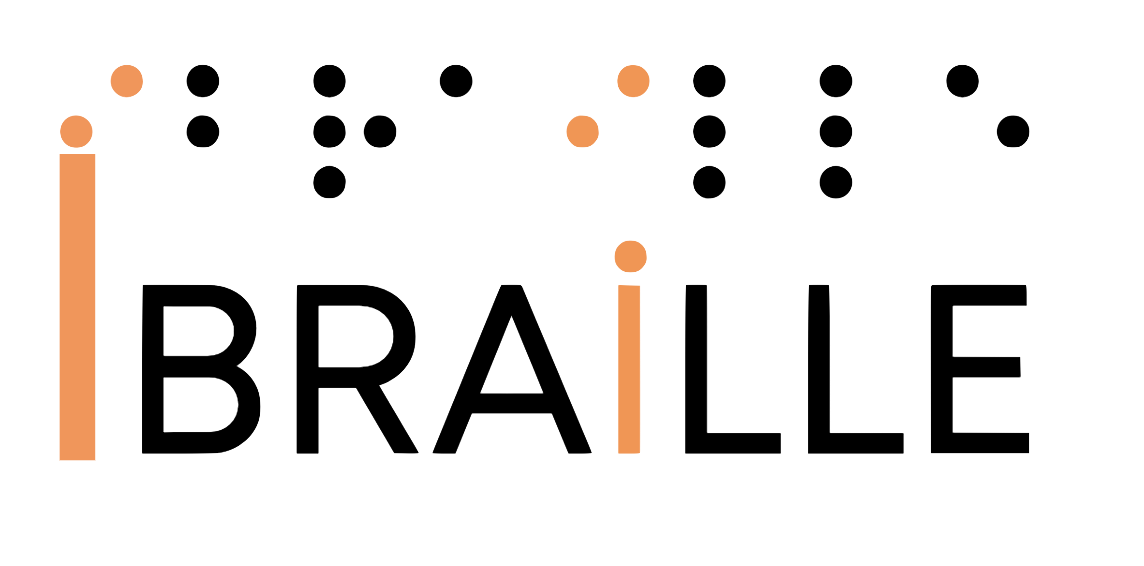iBraille – Accessibility Without Limits
Helping organizations deliver solutions that work for everyone.
Our Key Services:
- Digital Accessibility Testing: Comprehensive Braille-focused testing for software, websites, and mobile apps to ensure all users enjoy a seamless experience.
- Accessibility Consulting: Strategic guidance on integrating Braille and tactile solutions into products, services, and environments.
- Assistive Technology Training & Installation: Personalized assessments, training, and installation to support independent living, working, and studying.
- Innovative Accessible Travel Solutions: Tailored recommendations for accessible travel technologies and safe, independent navigation tools.
- AI’s Accessibility Potential: Exploring AI tools such as smart canes, image recognition, and autonomous navigation to improve quality of life.
- Accessible Communication Services: Providing tactile, audio, and non-visual communication solutions, including dictation tools, voice control devices, and tactile ASL interpreters.
Experience the iBraille difference today. Request a quote if you are ready to make a big impact tomorrow. Contact us if you want to learn more about our exceptional services that will transform your organization down the road.
Why iBraille?
There are over 2.2 billion people worldwide with visual impairments. Access that does not rely on sight is essential, and incorporating Braille and tactile solutions into your accessibility strategy can make a world of difference — when done right. At iBraille, based in the San Francisco Bay Area near Silicon Valley, we combine first-hand expertise, cutting-edge technology, and a commitment to inclusion to help you achieve true accessibility.
- Our Accessibility Solutions: We go beyond compliance checklists to deliver real-world accessibility that benefits your organization, your users, and your brand reputation. Our services cover the full spectrum of accessibility needs — from Braille literacy to AI-powered innovation.
- Braille Accessibility & Usability: Our Braille Accessibility and Usability Testing Services (BAUTS) identify gaps in software, apps, and websites that automated tools miss. With testers who use Braille every day, we deliver practical solutions that improve usability and ensure WCAG, ADA, and Section 508 compliance.
- AI Accessibility Solutions : We leverage artificial intelligence to enhance accessibility — from AI image recognition and smart navigation systems to intelligent home devices. Our AI consulting services help you choose, implement, and optimize technology for maximum inclusion.
- Accessible Travel Solutions: We design travel solutions for safe, independent mobility. Our services include training in accessible navigation apps, tactile wayfinding, and partnerships with innovators in mobility technology to make travel easier for people with disabilities.
- Inclusive Communication Services: We offer communication solutions for all modalities, including tactile American Sign Language interpretation, accessible audio services, and voice-controlled technology setup. Our goal is to ensure effective communication for every user.
- Experience the iBraille Difference: With over two decades in assistive technology and accessibility consulting, we bring unmatched insight to every project. Partner with iBraille to future-proof your compliance, expand your reach, and create lasting social impact.
Contact us today to start your accessibility journey.
What sets us apart
With over 2.2 billion people worldwide living with visual impairments, accessibility solutions that go beyond sight are essential. iBraille ensures your products and services are inclusive and effective for everyone.
- Deep expertise from professionals who use Braille daily.
- Customized accessibility solutions that go beyond automated tools.
- Proven track record with leading technology companies.
- Commitment to ongoing innovation and regulatory compliance.
